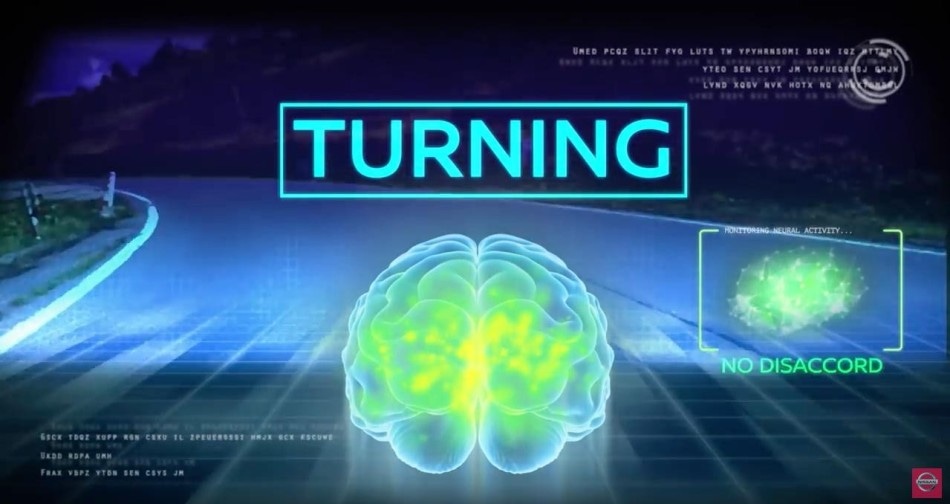Mar 29 2018
Researchers from EPFL and Nissan are now capable of reading a driver’s brain signals and transmit them to a smart vehicle so that it can predict the driver’s moves and enable the driving process. Nissan has launched the new brain-to-vehicle (B2V) technology.
 Image credit: ©Nissan
Image credit: ©Nissan
Future cars aim to be self-driving as well as manual. "We wanted to harness technology to enhance drivers’ skills without interfering with the enjoyment of being behind the wheel," explains José del R. Millán, who holds the Defitech Foundation Chair in Brain-Machine Interface (CNBI).
As part of a collaborative project with Nissan researchers based at the CNBI, the team managed to read the brain signals that specify a driver is about to do something – such as brake, accelerate, or change lanes – so as to convey that information to the vehicle. With this advance alert of a few hundreds of milliseconds, the smart vehicle can predict the driver's movements and make the subsequent maneuver easier. The car is also fitted with sensors to screen its environment, which means it can assist the driver when traffic conditions are challenging.
An Easier and More Personalized Driving Experience
The signals created in the frontal motor cortex of the driver are detected using a sensor-equipped EEG (electroencephalography) headset. They are then transmitted to the smart vehicle for processing. By integrating that data with the information detected by its own sensors, the car can respond to the impending situation.
If you're coming to a red light and getting ready to brake, the car will assist you by starting to brake 200–500 milliseconds before you do. But if you approach a red light and your brain shows no intention of slowing the car down, the car will warn you that the light is red to make sure you've seen it.
José del R. Millán
People produce various patterns of brain signals, so the vehicle learns from each driver and modifies its software. It stores each driver's usual routes and their driving habits and style, and using this data, it can more accurately predict what each driver might do at given time.
The brain-machine interface not only makes driving stress-free, it also forms a more bespoke experience, as the car will always be accustomed to the driver. Even the car’s setting can be clearly adapted to the driver’s desires. For example, if the driver uses a more relaxed driving style, the interface will detect that the selected sports mode is not applicable and switch the car to a more comfortable setting.
Tech Transfer
In 2014, after four years of research, CNBI researchers delivered the brain-machine interface to their industry partner Nissan. The car manufacturer then continued the research through a senior innovation research program with assistance from the CNBI. The subsequent technology was combined into a prototype, forming the interface that enables the vehicle to communicate with the driver. This prototype was launched at the Consumer Electronics Show in Las Vegas in January.
Since 2015, Nissan and the CNBI scientists have been involved in further developing this brain-vehicle technology, largely by incorporating an eye tracker function.
Our eyes are always moving and observing what's going on around us. But not everything we see is relevant or important. So we are studying ways to detect brain signals that indicate that a certain object or situation has caught our attention and needs to be factored in by the vehicle.
José del R. Millán
For a number of years now, Millán's team has been developing scientific data in detecting and using brain signals to manipulate objects and the environment. Since 2011, they have been concentrating on driver-assist technology with Nissan. Separately, they have been analyzing other applications for their expertise as well, such as assisting people with motor disabilities.